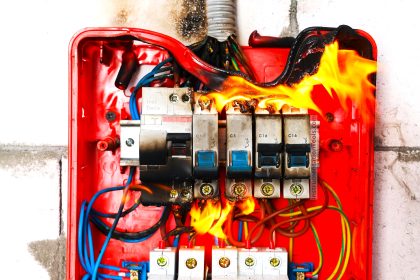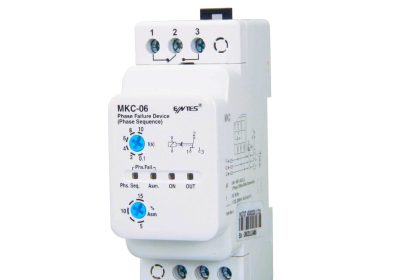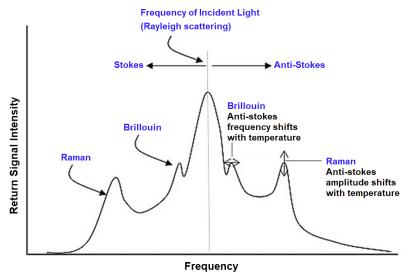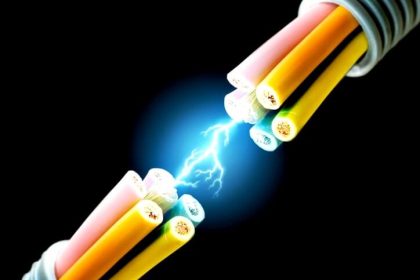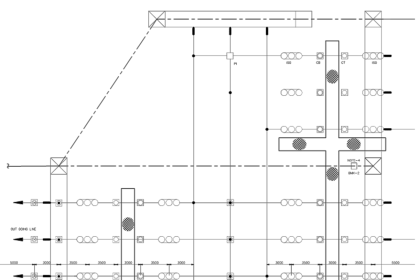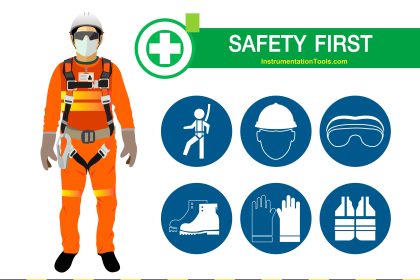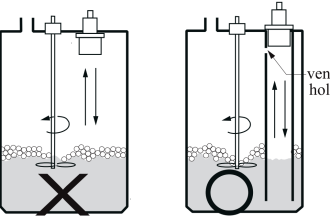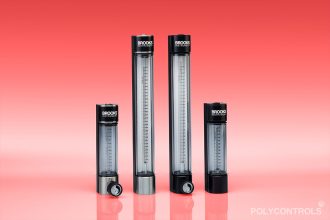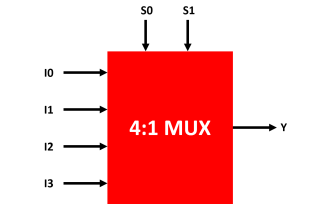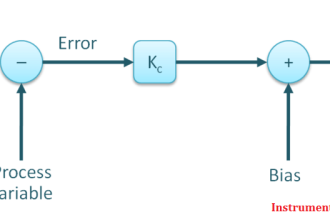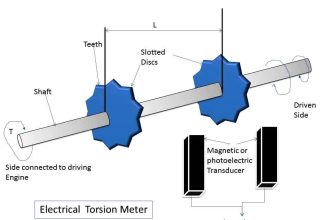Often, in electrical panels, we are required to measure the current flowing in the circuit. Also, it is required to protect the panel from any electrical damage. We see how energy meters installed in a panel show data related to electricity, like current, power factor, etc. But have you ever wondered how it works? It is all possible due to current transformers. The two general types of CT are – metering and protection. In this post, we will see the difference between metering CT and protection CT.
What is a current transformer?
First of all, let us understand what a current transformer is. As the name implies, it is a type of transformer which is used to work with current in an electrical circuit. As a transformer has two windings – primary and secondary, the CT too works on the same principle. A CT has two windings, where the primary winding will be connected to the main current line, and the secondary winding will be connected to an output. The secondary will be either step up or step down. Depending on the use, the output of secondary winding will be connected either to a meter or a protective relay or other small current devices. So, based on this, CT is mostly used for metering and protection purposes.
The primary winding of CT will usually be a single turn, for carrying large current. But, the secondary winding will have variable turns, be it large or small, for carrying large or small currents based on the application. A CT is defined and selected based on the ratio – primary to secondary. Here, the primary winding current is related to the secondary winding current and selected accordingly.
What is a metering CT?
Now, let us look at the first type, which is metering CT. As the name says, a metering CT is used for measuring current and feeding it to an energy meter or similar measuring devices. Because these devices consume low currents, the metering CT will be a step-down transformer. The primary winding is wound around the main current line, and the secondary winding will step down the current in a corresponding ratio to a very low current. This will then be fed to an energy meter, where you need to enter the correct CT ratio, and the corresponding current will be displayed. They are usually rated as 100/1, 100/2, 200/3 etc. This means, if the primary current is 100 A, then the secondary current will be 1A.
What is a protection CT?
A protection CT is used to protect electrical panels from any high current damage, by sensing the fault current and triggering a protective device. This device can be a relay, which will cut off the supply and protect the panel from further damage. As long as the fault current is present, the output of the CT will keep the protection relay active on the secondary side. As it is designed to protect against faults, the type will usually be a step-up transformer. It can carry fault currents even up to 20 times the rated current in its secondary winding, and trigger a protective relay for further protection. Similar to metering CT, the primary winding will be wound around the main current line, and the secondary winding will be connected to a protective relay for tripping a circuit in case of a fault current. In normal conditions, normal current will flow in the secondary winding. But in case of fault, as the current increases in the primary winding, a similar effect will be observed in the secondary winding.
Difference between metering CT and protection CT
- A metering CT is used to measure the current, whereas a protective CT is used to protect an electrical circuit from high current faults.
- The output of a metering CT is usually connected to an energy meter, whereas the output of a protection CT is usually connected to a protective relay.
- The core size and overall area covered by a metering CT is smaller than a protective CT, due to the step down nature of metering CT.
- The accuracy and response time of the protection CT is a critical factor, as compared to a metering CT.
- The cost of metering CT is cheaper than a protective CT.
- The core of metering CT is usually made of nickel-iron, which has a low saturation point and enough for operation under normal conditions. But as the protective CT handles fault current, it’s core is made of cold-rolled silicon steel, which has a higher saturation point.
In this way, we saw the difference between metering CT and protection CT.
Read Next:
- Introduction to Protective Systems
- How to Locate Faults in Cables?
- High Voltage Circuit Breaker Principle
- Implement Motor Control Circuits
- Electrical Shorts and Ground Faults

